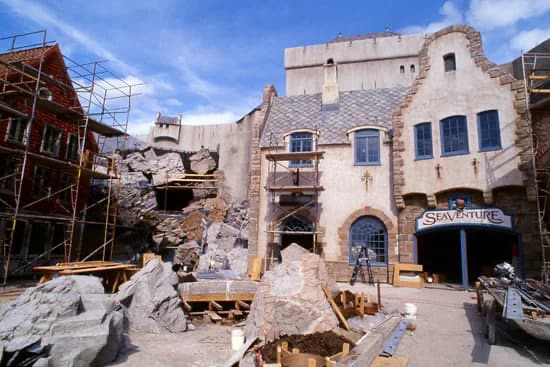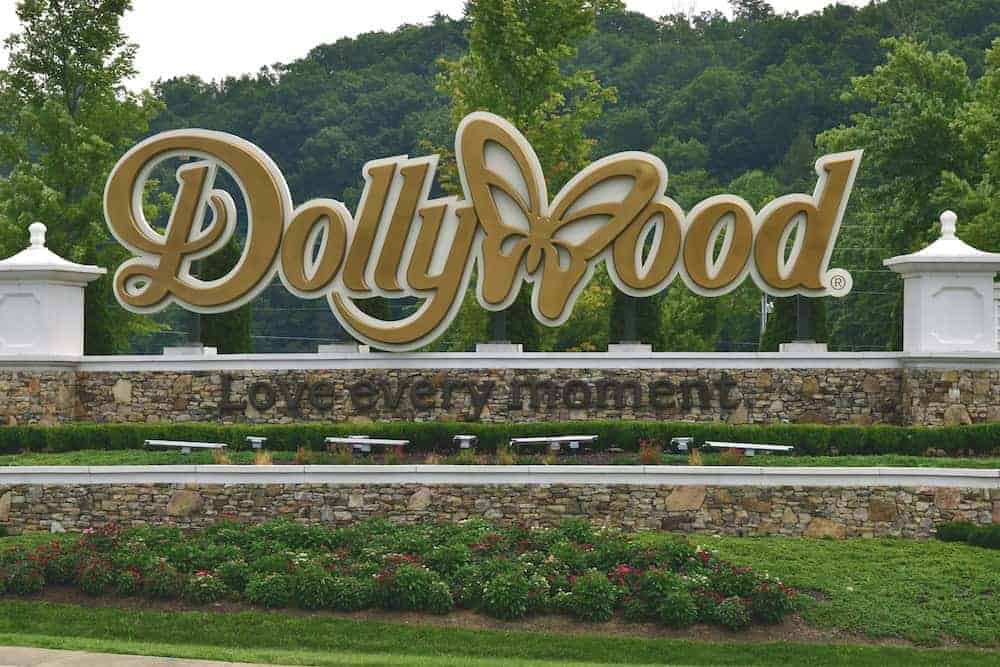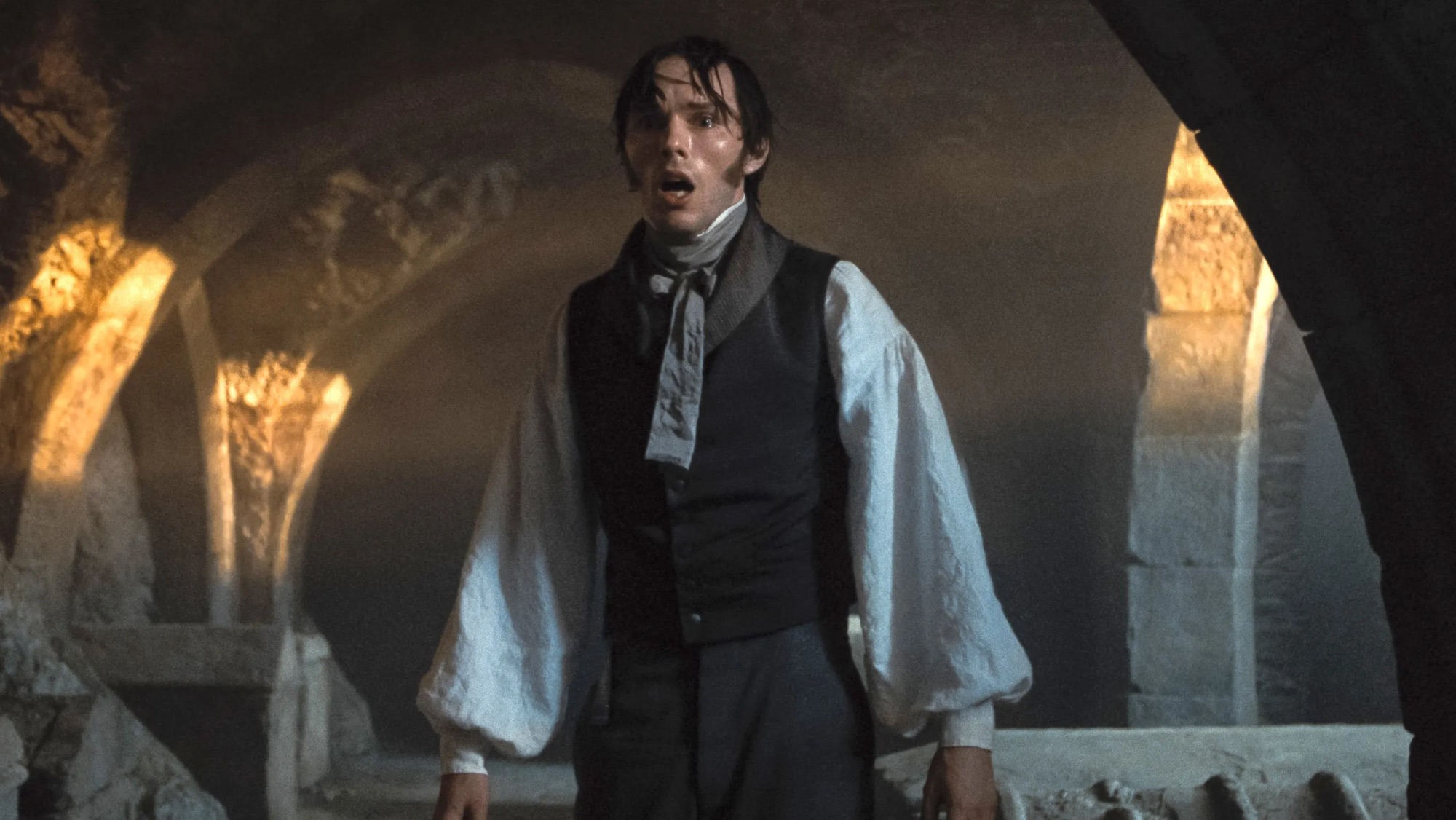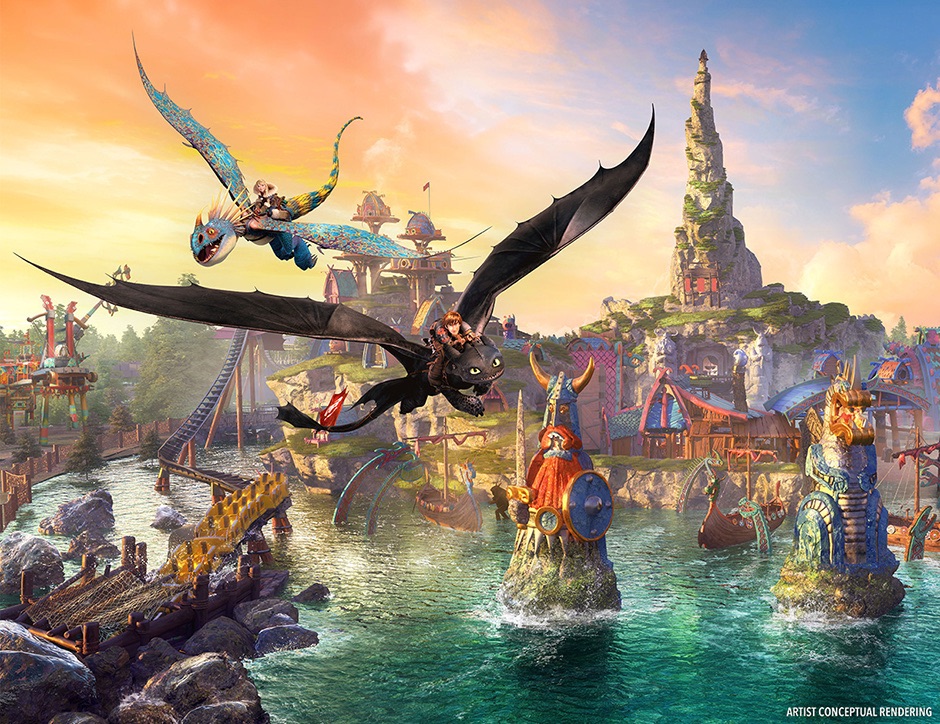When EPCOT Center opened in 1982, it represented the boldest vision Disney had ever brought to life: a permanent world’s fair that blended education, culture, and entertainment better known as Edutainment. The World Showcase, lining the edge of the park’s expansive lagoon, featured pavilions dedicated to different countries—each one built with the help of national governments and private sponsors. For several years, the twelfth spot in the lineup remained empty. But in 1988, the Norway Pavilion made its debut, offering something EPCOT hadn’t yet seen: a dark ride that blended national history with myth and fantasy. And at the heart of that ride was a last-minute name change that helped define the tone of the entire experience.
The Vision for a Nordic Showcase
Planning for the Norway Pavilion began in the early 1980s, as Disney sought to round out World Showcase with a Scandinavian presence. After years of negotiations and planning, a consortium of Norwegian businesses—along with the Norwegian government—agreed to help fund the $30 million pavilion. It would represent Norway’s natural landscapes, Viking heritage, and modern contributions to culture and commerce.
The architectural design of the pavilion paid tribute to traditional Norwegian styles: a replica stave church, turf-roofed buildings, and a cobblestone village square that evoked the charm of Bergen and Ålesund. But what set the Norway Pavilion apart was its ride. While most World Showcase attractions were films or exhibits, this would be a full-fledged boat ride—EPCOT’s first real dark ride outside of Future World.
Enter “SeaVenture”
The attraction was originally conceived under the working title SeaVenture. Early documents and pre-opening signage used the name, and even into March 1988—just months before opening—“SeaVenture” was still visible on construction signs and internal documents. The name reflected the concept at the time: a gentle, exploratory journey through Norway’s coastlines, fjords, fishing villages, and oceanic legacy.
In these early versions, the focus was more educational and scenic. Guests would glide past waterfalls and coastlines while learning about seafaring, Norse exploration, and the beauty of Norway’s natural world. It was ambitious, and it leaned heavily into EPCOT’s original edutainment mission.

A Late Pivot to Myth and Mystery
But as construction progressed, Disney Imagineers sensed the ride needed something more—something immersive, thrilling, and unforgettable. EPCOT’s Future World already offered slow-moving rides with educational themes. World Showcase, while beautiful, was missing a touch of Disney magic—narrative, tension, and spectacle.
So the creative team made a crucial decision: lean into Norwegian mythology.
The ride’s storyline was revised to include encounters with trolls, references to Odin and other Norse legends, and a dramatic backwards drop into a stormy North Sea. This wasn’t just a sightseeing tour—it was an adventure through the mysteries of the old world.
And with that shift came the realization that SeaVenture no longer fit. The name sounded too mild, too educational. It lacked drama. That’s when Disney landed on a new title: Maelstrom.
Why “Maelstrom” Mattered
The word “maelstrom” has Dutch origins and refers to a powerful, often violent whirlpool. It evokes danger, the unknown, and an uncontrollable force of nature. For a ride that now featured sudden turns, an angry troll banishing your boat “back! over the falls!”, and a plunge into stormy seas, it was perfect.
The new name added instant intrigue. It promised something guests hadn’t yet seen in World Showcase—an experience that blended culture with legend, and history with fantasy. The pavilion signage was updated, ride materials rebranded, and by the time it officially opened on July 5, 1988, Maelstrom had fully replaced SeaVenture in both name and tone.
The Ride Experience
Maelstrom began with a climb through dark Nordic woods, where guests soon encountered three-headed trolls who cursed them into the spirit world. Boats then twisted backwards through icy caverns and past glowing eyes before being pulled forward again toward the sea. A brief scene overlooking a Norwegian village transitioned to a thrilling plunge down a short waterfall and into a North Sea oil rig, representing Norway’s modern industrial prowess.

The ride concluded with a film called “The Spirit of Norway”, offering a quiet, cinematic reflection on the country’s traditions and people.
Though Maelstrom was relatively short and simple by modern standards, it held a special place in the hearts of EPCOT fans. It was atmospheric, a little spooky, and unlike anything else in the park. It served as an anchor for the Norway Pavilion—and for many guests, their first introduction to Norwegian culture, real and imagined.
The Frozen Shift
By the early 2010s, EPCOT was changing. Disney increasingly favored attractions based on its popular intellectual properties, and the massive success of Frozen (2013) made Norway the obvious choice for the film’s first theme park ride.
In 2014, Disney officially announced that Maelstrom would be closing to make way for a new Frozen-themed experience. Despite protests from longtime fans, the ride took its final voyage on October 5, 2014.

Two years later, Frozen Ever After opened in the same show building, with a nearly identical ride path but entirely new scenes featuring Elsa, Anna, Olaf, and other beloved characters. While the new ride brought in massive crowds and continues to be a guest favorite, some EPCOT purists still long for the days of trolls, sea spirits, and mysterious whirlpools.
Legacy of a Name
The shift from SeaVenture to Maelstrom may seem minor, but it perfectly encapsulates a turning point in EPCOT’s evolution—from educational showcase to immersive storytelling. It was a name that reflected both the ride’s content and the emotional response Disney wanted guests to feel.
Maelstrom wasn’t just a title—it was a promise of mystery, thrill, and immersion. It helped transform the Norway Pavilion from a quiet cultural exhibit into one of EPCOT’s most talked-about experiences.
Even today, for those who remember it, the echo of “You are not the first to pass this way…” still lingers in the darkened corners of the imagination.





